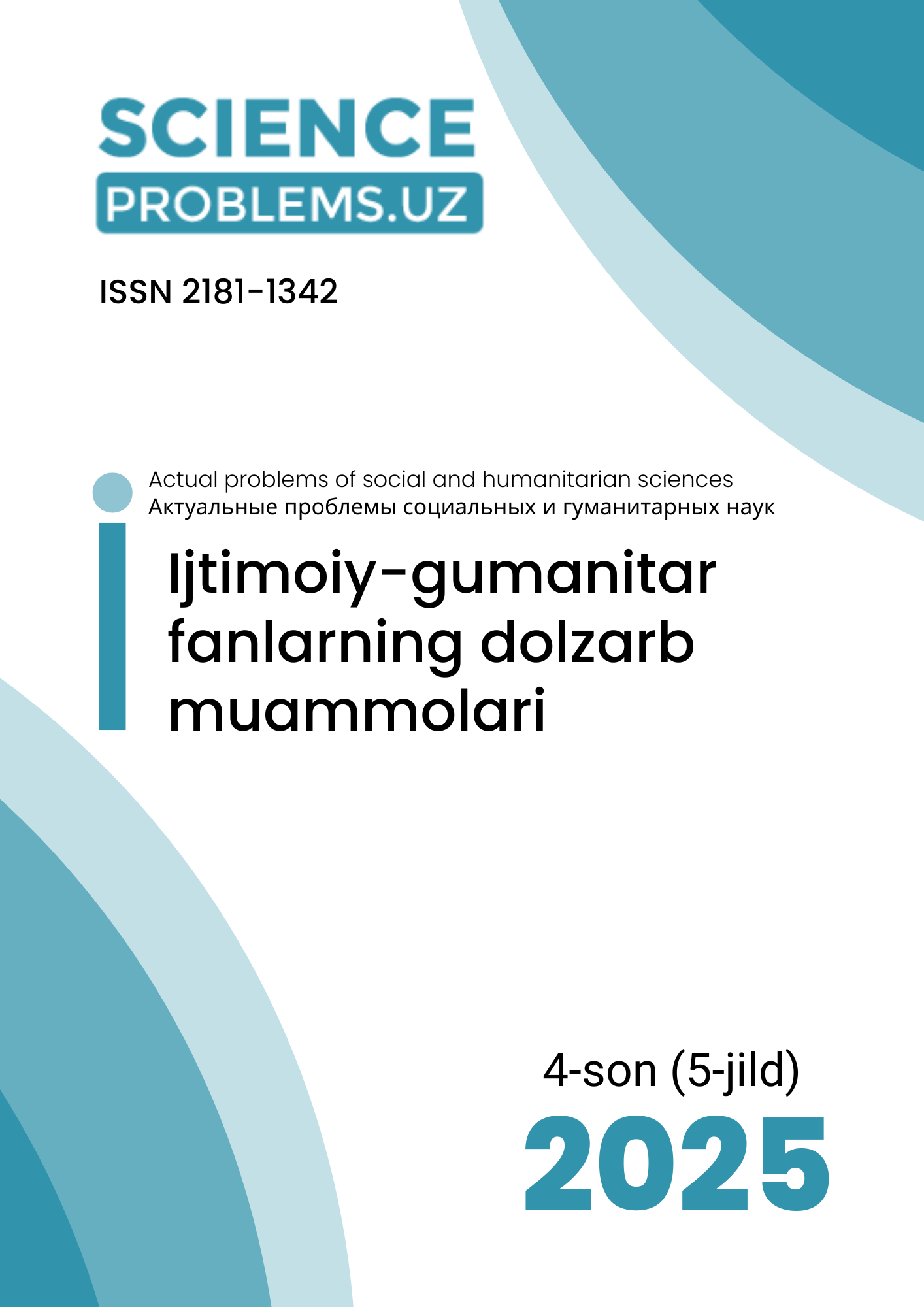TECHNOLOGY OF DEVELOPING CRITICAL THINKING IN TEACHING INFECTIOUS DISEASES IN UNIVERSITY
DOI:
https://doi.org/10.47390/SPR1342V5I4Y2025N75Keywords:
critical thinking, problem-based learning, educational process, active learning methods.Abstract
In the context of modern medical education, the development of critical thinking in students is of particular importance. This is necessary for adequate interpretation of clinical situations, interpretation of laboratory and instrumental data, as well as making scientific decisions and conditions of uncertainty. When teaching infectious diseases, which are characterized by the complexity of diagnosis, variability of the clinical picture and the need for rapid response, critical thinking becomes the most important competence of future doctors. This article examines methods and technologies aimed at developing critical thinking in medical students when studying infectious diseases.
References
1. Введенская, И. П. (2024). Развитие критического мышления у студентов медицинских вузов через применение кейс-метода в обучении. Управление образованием: теория и практика, 14(4-2), 19–26
2. ВОЗ. Руководство по инфекционным заболеваниям. – Женева, 2022.
3. CDC. Инфекционные болезни: подходы к диагностике и лечению. – Атланта, 2023.
4. Сидоров П.А. Современные методы преподавания инфекционных болезней. – Москва, 2021.
5. Иванова Е.В. Проблемное обучение в медицинском образовании. – Санкт-Петербург, 2020.
6. Юнусходжаев С.Х. Инновационные подходы к преподаванию инфекционных болезней. – Ташкент, 2020.
7. Рахимова З.А. Развитие критического мышления у студентов медицинских вузов. – Самарканд, 2021.
8. Каримов Ф.У. Интерактивные методы в обучении клиническим дисциплинам. – Бухара, 2022.








